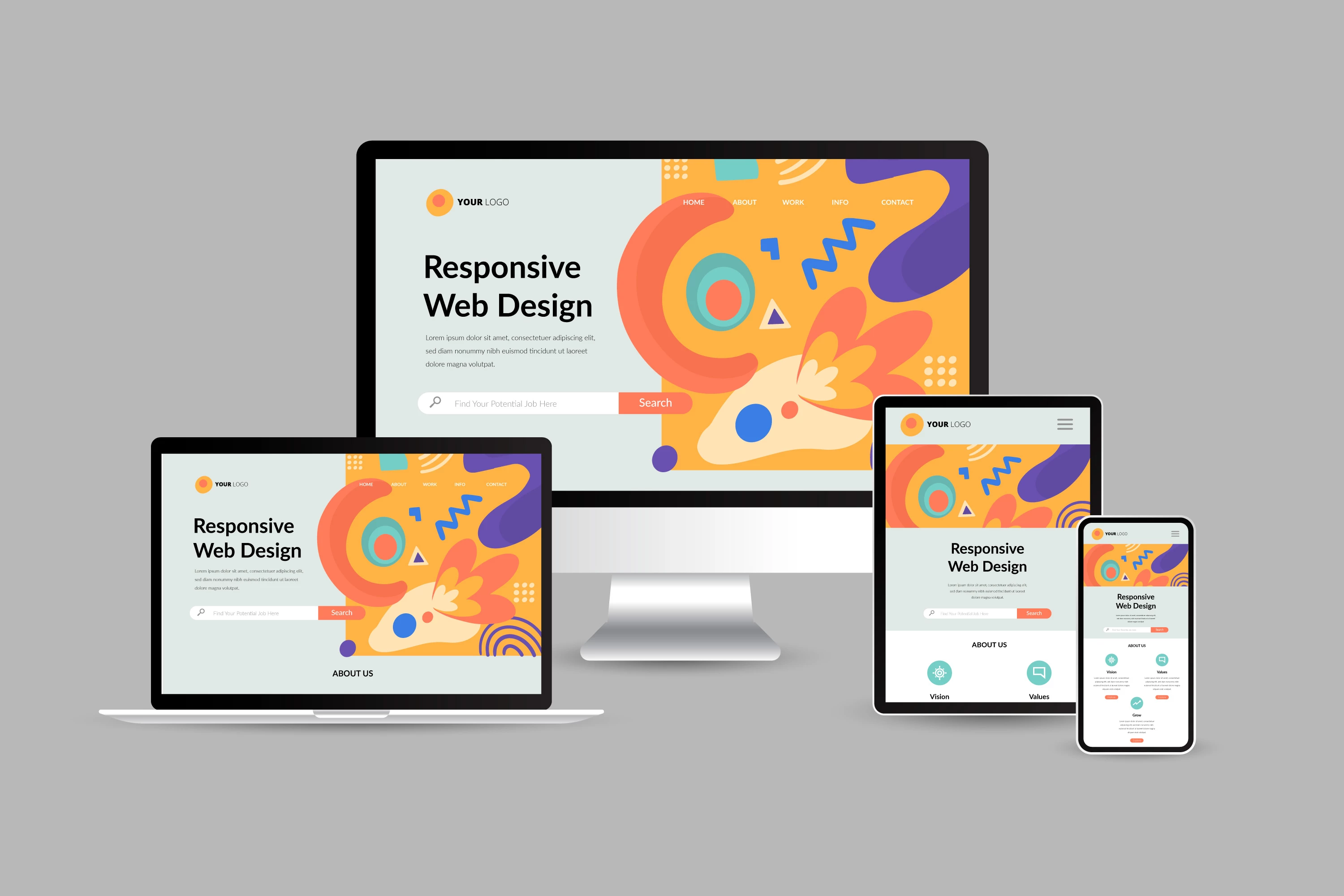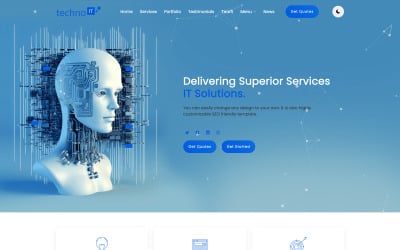Multi-Device Website Design for Smooth Viewing on Any Device
Multi-Device Website Design for Smooth Viewing on Any Device
Blog Article
Leading Tips for Developing an Impactful Site Layout That Transforms
To accomplish this, one must consider a range of elements, consisting of understanding the target audience, focusing on user experience, and maximizing for mobile platforms. The tactical usage of compelling call-to-actions and a distinct visual pecking order plays a vital role in directing users via their journey.

Understand Your Target Market
Comprehending your target audience is fundamental to efficient site layout, as it lays the foundation for creating an appealing customer experience. Identifying who your individuals are, including their demographics, preferences, and habits, enables designers to tailor the site's content, design, and performance to fulfill details demands.
Performing comprehensive market study is vital in this process. Surveys, meetings, and analytics can offer important understandings into customer expectations and pain factors. By assembling this information, designers can create individual identities that represent different sectors of the audience, making sure that design decisions are informed and relevant.
Additionally, comprehending the target audience aids in selecting ideal layout components such as color design, typography, and images that resonate with individuals. A site that speaks directly to its audience promotes a feeling of connection and trust fund, urging longer check outs and greater conversion rates.
Eventually, a user-centered method to internet site layout not just enhances user fulfillment yet likewise supports company objectives by driving engagement and commitment. By focusing on the needs and preferences of the target audience, an internet site can properly offer its function and accomplish wanted results.
Prioritize User Experience
To improve the total efficiency of a site, prioritizing individual experience (UX) is important (Website Design). A well-designed UX ensures that site visitors can navigate the site easily, find information quickly, and involve with content meaningfully. This brings about raised individual contentment and greater conversion prices
Begin by carrying out user-friendly navigation. Menus must be practically structured, permitting individuals to situate crucial areas of the website with minimal initiative. Uniformity in layout aspects, such as color pattern and font styles, fosters knowledge, which is crucial for maintaining customer involvement.
Additionally, think about the loading speed of your website. A hold-up of simply a couple of seconds can result in substantial drop-offs, as users are less most likely to wait for a slow-loading web page. Simplifying images and optimizing code can enhance performance and maintain visitors.
By prioritizing individual experience, you not only create a more enjoyable atmosphere for visitors yet additionally reinforce your brand's reliability. Eventually, a focus on UX is an investment in the long-lasting success of your site.
Maximize for Mobile Devices
Maximizing for mobile phones is essential in today's digital landscape, where a raising variety of users gain access to internet sites through smartphones and tablets. A mobile-friendly design not just improves user experience but also plays a significant duty in improving internet search engine positions. To attain this, it is vital to adopt a responsive design that instantly adjusts to numerous check my reference display sizes and orientations.

Filling rate is another crucial element; mobile users are usually less patient and expect rapid accessibility to information. Enhance photos and leverage web browser caching to enhance efficiency. Finally, examination your website on numerous gadgets and display resolutions to recognize and remedy any kind of prospective functionality concerns. By prioritizing mobile optimization, you make certain that your internet site remains competitive and efficiently engages a wider audience.
Use Engaging Call-to-Actions
A site's effectiveness frequently hinges on its capability to lead visitors toward preferred activities, making engaging call-to-actions (CTAs) necessary parts of design. CTAs offer as the critical points that direct individuals to involve with the site, whether that means buying, authorizing up for a newsletter, or downloading a source.
To create reliable CTAs, clearness is vital. Use succinct language that clearly connects the action you want the user to take. Phrases such as "Begin," "Sign Up Free," or "Shop Now" not only convey seriousness however likewise get rid of uncertainty. The positioning of CTAs is similarly Continued important; they should be strategically positioned throughout the webpage to ensure they are conveniently noticeable, particularly in high-traffic areas.
Moreover, the layout of CTAs need to stick out without being obtrusive. Use contrasting shades and clear typefaces to guarantee they capture interest. In addition, take into consideration utilizing directional cues, such as arrowheads or images, to guide customers towards these buttons. By concentrating on these elements, services can substantially boost user interaction, driving conversions and inevitably achieving their internet site's objectives.
Emphasis on Visual Hierarchy
Effective web site layout counts heavily on a well-structured visual hierarchy that overviews users through material seamlessly. By arranging aspects in a fashion that prioritizes information, developers can improve user experience and facilitate decision-making. This includes using size, color, comparison, and spacing purposefully to draw focus to one of the most essential parts of a web page.
The usage of larger typefaces for headings and subheadings establishes a clear distinction between various areas, permitting customers to check material easily. In addition, employing contrasting colors for buttons and calls-to-action can catch individual interest and motivate interaction. Whitespace is another crucial component; it protects against mess and allows customers to concentrate on crucial messages without distractions.
Pictures and graphics should complement the text while likewise sticking to the well-known hierarchy, reinforcing the overall message (Website Design). Consistency in design components, such as color pattern and typography, further reinforces the visual hierarchy, making navigation intuitive

Final Thought
Finally, efficient web site style demands a detailed understanding of the target audience, prioritization of individual experience, and mobile optimization. The critical use engaging call-to-actions and a well-defined aesthetic hierarchy better enhances individual involvement. By carrying out these have a peek here concepts, sites can achieve greater conversion prices, guaranteeing that layout elements not only bring in site visitors yet also assist in seamless navigation and interaction. Eventually, a well-executed web site layout acts as an essential component in driving individual activities and accomplishing organization purposes.
Report this page